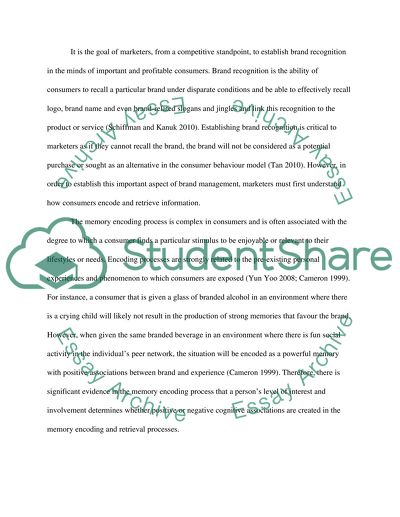Cite this document
(“How Businesses Use Learning & Memory to Affect Consumers Essay - 1”, n.d.)
Retrieved from https://studentshare.org/marketing/1494229-how-businesses-use-learning-memory-to-affect
Retrieved from https://studentshare.org/marketing/1494229-how-businesses-use-learning-memory-to-affect
(How Businesses Use Learning & Memory to Affect Consumers Essay - 1)
https://studentshare.org/marketing/1494229-how-businesses-use-learning-memory-to-affect.
https://studentshare.org/marketing/1494229-how-businesses-use-learning-memory-to-affect.
“How Businesses Use Learning & Memory to Affect Consumers Essay - 1”, n.d. https://studentshare.org/marketing/1494229-how-businesses-use-learning-memory-to-affect.


